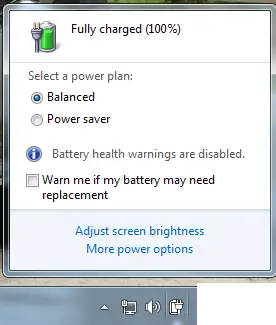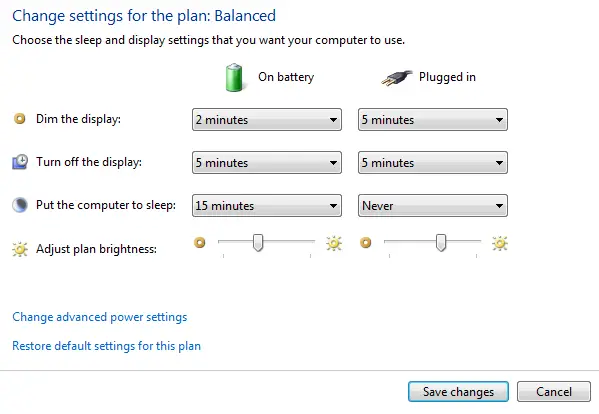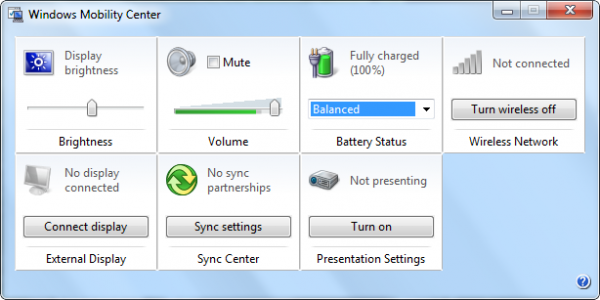The world is getting more mobile day by day, and to keep pace, you need power in your batteries. But it has a limitation, you need to charge it, again and again, to keep them running. Although Windows has many power management improvements, and while the Power Efficiency Diagnostic Tool in Windows 11/10 can give you a lot of power optimization tips, laptop batteries are still not as efficient as we’d like them to be. They can maximum hold power for 5-6 hours only. So, do you want to maximize the efficient use of batteries?
Extend the Battery life of Windows laptop
The trick is to squeeze the most out of the available power. Here are a few tricks that will dramatically improve battery performance.
The most common tip, if you have time to do only one thing – Use the Power saver power plan to maximize your battery life. (To choose the Power saver plan, open Power Options in Control Panel.)
Some other ways to help stretch your computer’s battery life:
1] Choose a power-saving power plan
A power plan is a collection of hardware and system settings that control how your laptop manages power. Windows has two default plans:
- Balanced: Offers full performance and display brightness when you need it, but conserves power when the computer is idle.
- Power saver: The best choice for extending battery life. The cost? Slower performance and lower display brightness.
- Your computer manufacturer might offer additional plans as well.
- To change your power plan click the battery meter icon in the notification area of the Windows taskbar.
- Battery meter showing power plans. Select one of the default power plans: Balanced or Power saver.

- You can also create your own custom power saver plans by using More power options.
2] Reduce display brightness
The display is the most power-consuming part of a computer—even more than a hard disk and CPU. Most of the laptops come with dedicated keys to control the brightness and contrast ratio of the display. You can also adjust the display brightness from Power Options in Control Panel.
3] Decrease time for Windows dims and turns off the display
You can save power by diming Windows and then turning off the display after inactivity. You can save more power if you decrease the time and increase the battery’s efficiency.
4] Choose when Windows dims and turns off the display
- Click the battery icon in the notification area and click on More Power Options.
- On the Select a power plan page, on the left, click Choose when to turn off the display.

- Doing this adjusts settings only for the plan that you’re currently using. To change settings for another plan, click Change plan settings next to the plan that you want to change.
- Click Save changes.
Read: Best Laptop Battery Test software & Diagnostic tools.
5] Turn off or remove devices that you aren’t using
Many USB devices use power just by being connected. If you use a USB mouse, you can save power by disconnecting the mouse and by using a touchpad. If you use a USB flash drive, unplug it when you’re not using it.
Read: Tips to fix Battery drain issues.
6] Turn off PC cards and integrated wireless devices
These devices also use power. If you don’t need them, turn them off.
You can use Windows Mobility Center to manage most of these options. To open WMC, Click Start and type Windows Mobility center and click on the first result.
If you know any other good tricks, do share it with us!
You may also want to read about Battery Care and the Laptop Battery Usage & Optimization Guide.
If you are a Windows 11/10 user, you can find out the Battery Usage for each app and enable the Battery Saver Mode.

use RMClock and underviolt your CPU